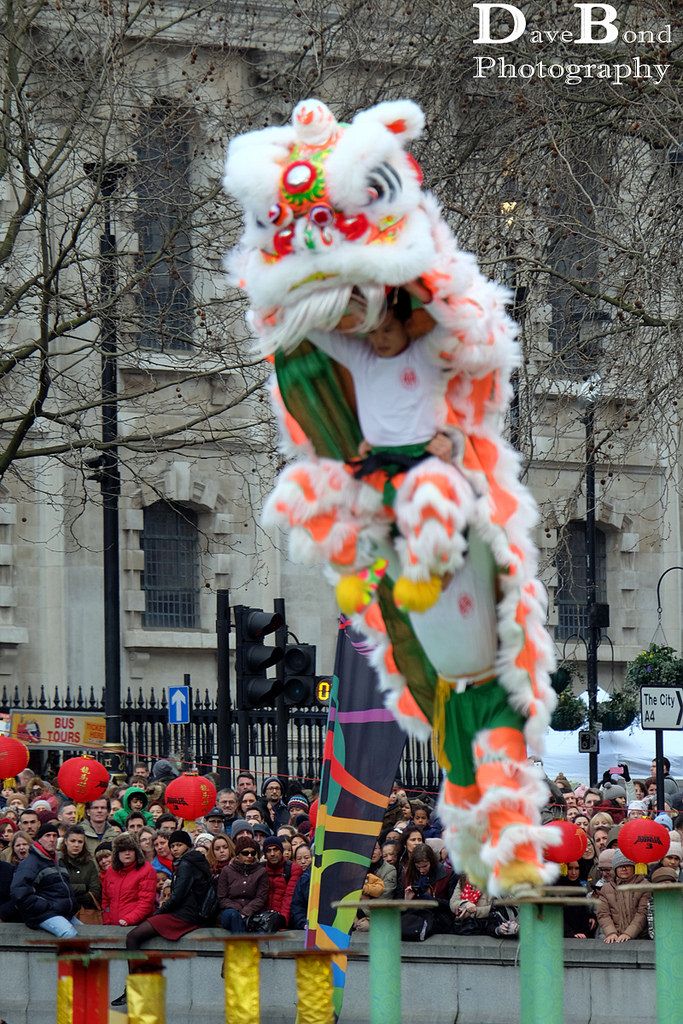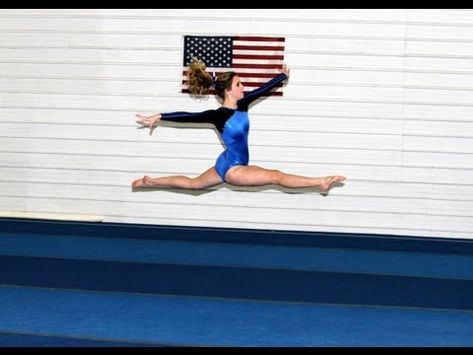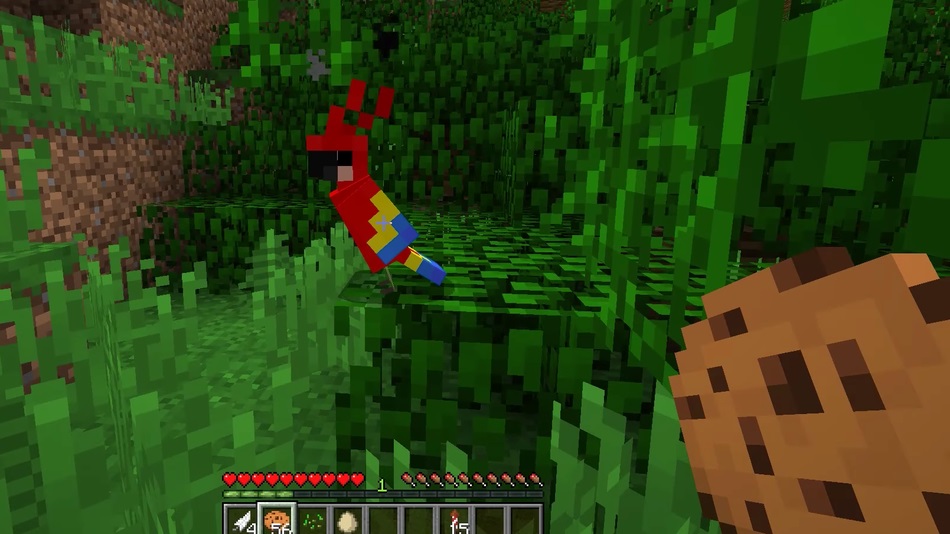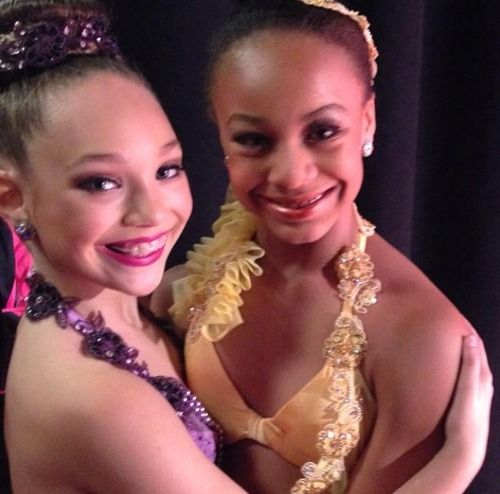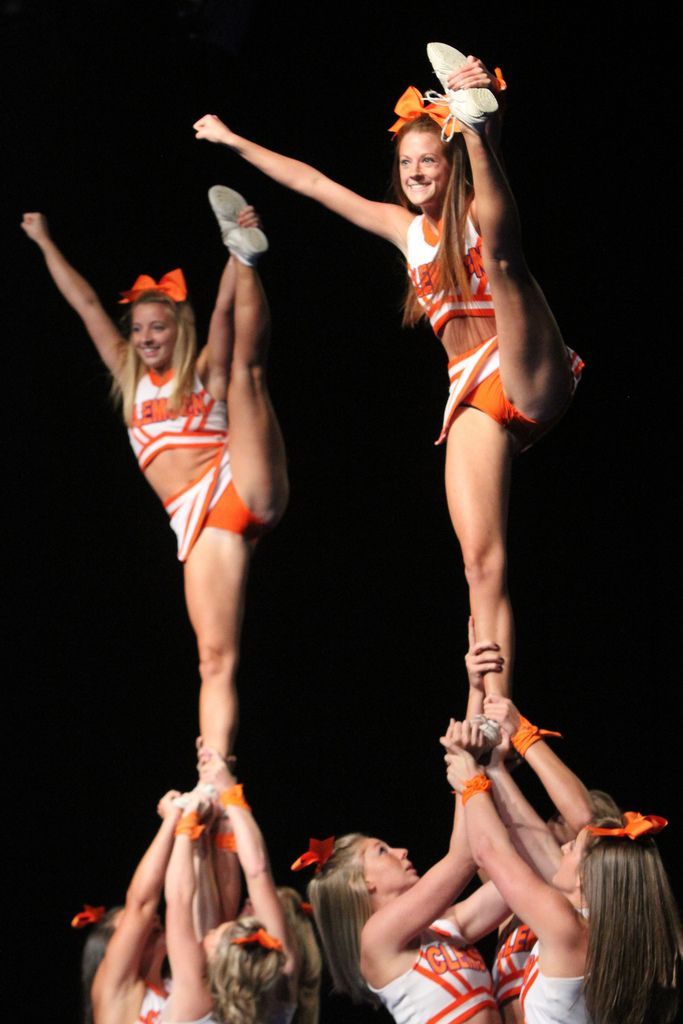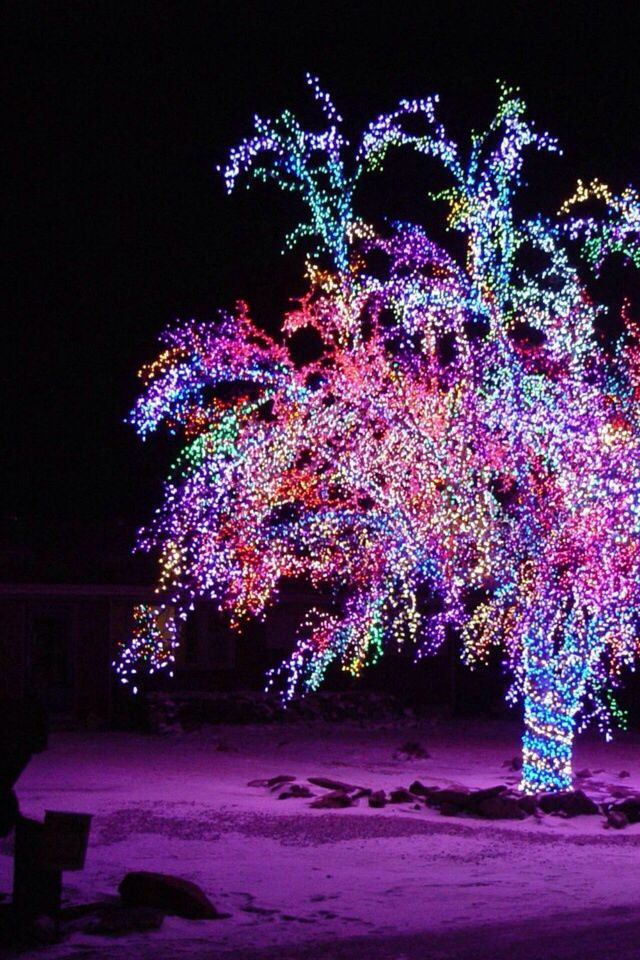How to do lion dance
What Is It and What Does It Symbolize?
The lion dance is a traditional Chinese dance performed on big occasions, such as the Spring Festival (Chinese New Year) for good luck, as it is believed that the lion is an auspicious animal.
- Lion Dance Meaning
- Lion Dance Costumes
- Lion Dance Styles
- Origin and History of Lion Dances
What Lion Dances Symbolize
In Chinese culture, the lion symbolizes power, wisdom, and superiority. People perform lion dances at Chinese festivals or big occasions to bring good fortune and chase away evil spirits.
The lion dance is one of the most important traditions at Chinese New Year. It is performed to bring prosperity and good luck for the upcoming year. The lion dance is also a way to create a festive atmosphere and bring happiness.
Lion Dance Costumes
Chinese lion dances are performed by two "dancers" in a lion costume, rather like a pantomime horse. The performers become the body of the lion: the one in front is the head and front limbs, the one behind is the back and hind legs. Performers' legs are dressed the same color as the lion's body, and sometimes the costume extends to shoes the shape and color of the lion's paws.
lion dance costumes
The lion head is usually over-sized and dragon-like, like many stone lions in China.
Performed in a lion costume, accompanied by the music of beating drums, clashing cymbals, and resounding gongs, lion dances imitate a lion's various movements or demonstrate martial arts agility, depending on the style.
Lion Dance Styles in China
Though lion dances all use similar costumes, during their long development, the lion dances are divided into two styles: southern and northern.
The Southern Lion Dance
The southern lion dance originated in Guangdong, and it is the style popular in Hong Kong, Macau, and the hometowns of overseas Chinese.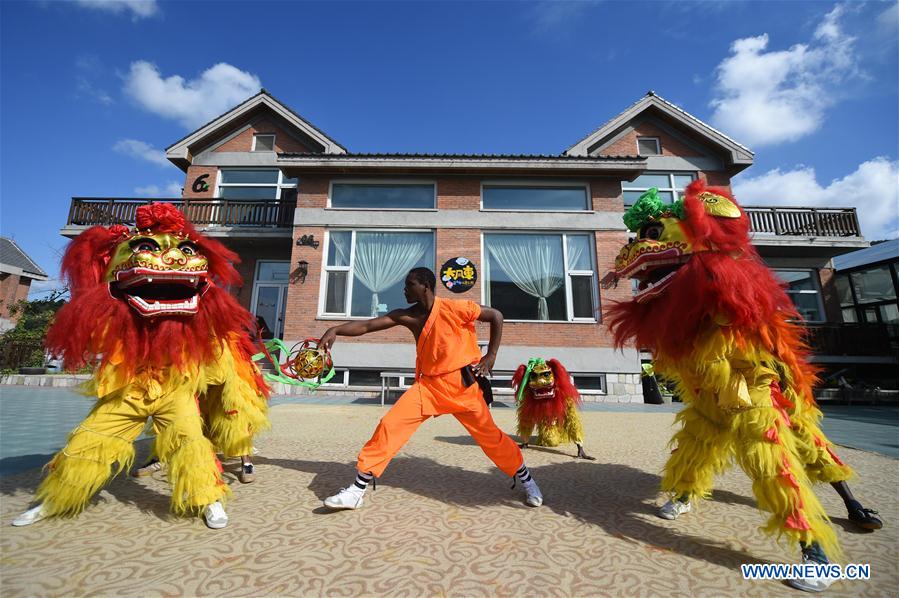
The southern lion dance is a performance based on the study of a lion's behavior, with an emphasis on actions like scratching, shaking of the body, and licking of fur.
Performances are vivid and entertaining, even comical. There are also skillful performances, such as playing with a ball, which includes swallowing it.
The best place to see a southern Chinese lion dance is the Hong Kong Chinese New Year Performance Night.
The Northern Lion Dance
The northern lion dance has close relations to kungfu — Chinese martial arts. A young lion is performed by a single person and an adult lion is performed by a duo. Costumes are more robust, and less decorative, to allow for more movement.
In the adult lion dance, the performer in front holding the lion's head is often lifted by the other to make the lion stand up. Northern lion dances are more gymnastic, involving rolling, wrestling, leaping, jumping, climbing, or kowtowing.
The best places to see northern Chinese lion dances are China's martial arts theaters, like the Red Theater in Beijing, or even at the Shaolin Temple.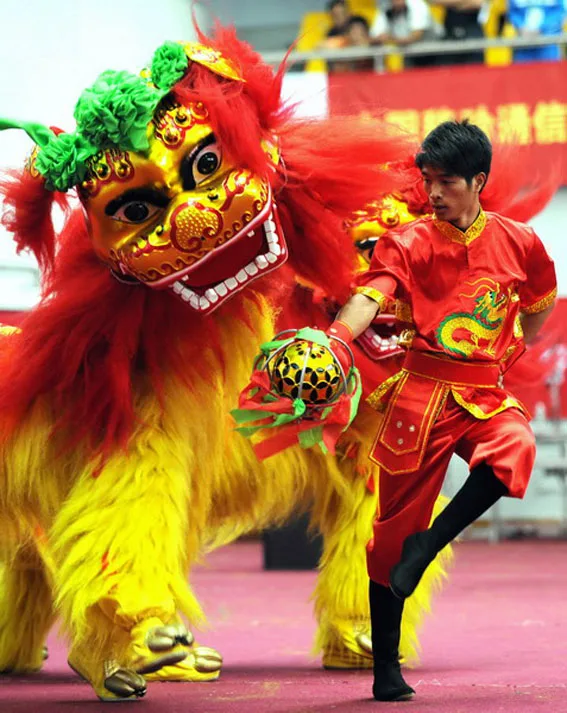
The Origin and History of Lion Dances
Opinions about the origin of the Chinese lion dance are widely divided. The most reliable one is this:
In traditional Chinese culture, the lion, like the Chinese dragon, was only an animal that existed in myth, and there were no actual lions in China. Before the Han Dynasty (202 BC–220 AD), only a few lions had reached the Central Plains from the western area of ancient China (now Xinjiang), due to the Silk Road trade.
At that time, people mimicked the appearance and actions of the newly arrived lions in a performance, which developed into the lion dance in the Three Kingdoms Period (220–280) and then became popular with the rise of Buddhism in the Northern and Southern Dynasties (420–589). In the Tang Dynasty (618–907), the lion dance was one of the court dances.
After that lion dances continued to become a popular performance among the people, to pray for good luck during the Spring Festival or during other celebrations.
The lion dance is an excellent example of Chinese folk culture, which has spread across the world with Chinese immigration. Overseas Chinese in Europe, America, etc. have established many lion dance clubs, performing on Chinese festivals or big occasions, particularly Chinese New Year.
Culture - ACA Lion Dance
Culture
Myths: Origin History Tradition Symbolism
Myths: Origin
There are many myths about how lions and lion dance originated.
One myth is also the origin of the Lunar New Year celebrations. The story is as follows:
There was a monster named Nian (Chinese word for "year") that came once a year to a village to eat
its harvest and people. The villagers always fled to the mountains to avoid being eaten by Nian. One year, a lion showed up and chased away the monster. However, in the following years the lion wasn't there.
The villagers made a lion costume and had two people wear it to scare away Nian. In addition to the lion likeness,
the villagers wore red, played loud drums, and set off firecrackers, since Nian didn't like any of these either.
This is why Lunar New Year is celebrated with all of these aspects.
This time the villagers did not have a lion to protect themselves.
So, they solved the problem by creating a costume likeness of a lion and
two villagers used it to scare “Nian” away. This is the reason the lion dance is
performed every Chinese New Year.
One year, a lion showed up and chased away the monster. However, in the following years the lion wasn't there.
The villagers made a lion costume and had two people wear it to scare away Nian. In addition to the lion likeness,
the villagers wore red, played loud drums, and set off firecrackers, since Nian didn't like any of these either.
This is why Lunar New Year is celebrated with all of these aspects.
This time the villagers did not have a lion to protect themselves.
So, they solved the problem by creating a costume likeness of a lion and
two villagers used it to scare “Nian” away. This is the reason the lion dance is
performed every Chinese New Year.
A similar myth is that the lion itself was the Nian in the previous story. This time, a Buddhist monk
came to the village and told the villagers to wear red and make loud noises to scare the lion away. The
Buddha himself went after the lion into the mountains to tame it and teach it Buddhism. They returned, and the
lion became the protector of the village. The monk himself became known as the Big-Headed Buddha.
From this myth, lion dance serves to bring luck and prosperity.
The
Buddha himself went after the lion into the mountains to tame it and teach it Buddhism. They returned, and the
lion became the protector of the village. The monk himself became known as the Big-Headed Buddha.
From this myth, lion dance serves to bring luck and prosperity.
This myth is more closely related to the history of lion dance than other myths. There was an Emperor
who lived during the Tang Dynasty (618-906 A.D.). The Emperor had a dream about a mysterious animal
saving his life. When the Emperor woke up, he asked his ministers what the creature was. They told him it
resembled the lion, which was a creature from the West. He then had his artists and masons create art and
statues of the lion. Due to this, the lion became the symbol of prosperity, happiness and good luck.
The last myth explains the origin of the lion as a creature that lived in the heavens. The lion was very playful and mischevious,
but the Jade Emperor decided it caused too much trouble. He ordered the lion's head be cut off as punishment, and cast its body and head
down to Earth. However, Kwan Yin, the Goddess of Mercy, took pity on the lion. She revived the lion by tying its head back on
with a red ribbon. She also gifted the lion with its horn and mirror. As gratitude, the lion becomes a disciple of Buddhism,
and went on a quest to find the Ling Chi grass, which symbolizes longevity and would restore its power. Before it could eat the grass,
it bowed three times: to the left (symbolizing Heaven), to the right (symbolizing Earth), and to the center (symbolizing Mankind).
It then ate the grass, and fell asleep due to its effects.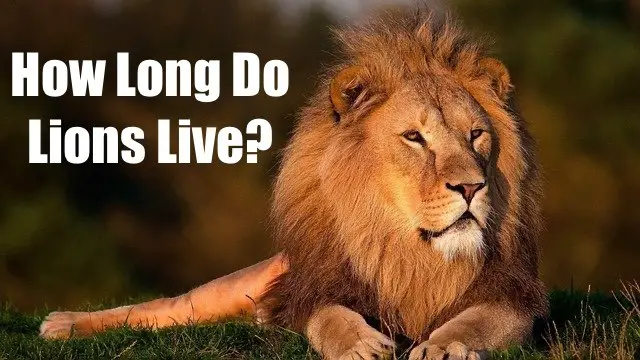 When it awoke, the lion had regained its power, and returned to Heaven.
When it awoke, the lion had regained its power, and returned to Heaven.
There are many more myths and variants that exist which explain the origin of lions and the aspects of lion dancing. Lion dance is strongly correlated with Buddhism. As mentioned in some of the myths above, the Buddha is an important figure in taming the lion. Our team members are not necessarily Buddhist - we focus more on the cultural aspects of lion dance and how we can tie it into our community.
top
History
Lion dance dates back to the Tang Dynasty. While we've explored the mythical origin, there are two concrete events from which
lion dance possibly stems from. The first is the cultural interaction between Persian performers and China. The Tang Dynasty was
a Golden Age where China exchanged culture and art with other countries.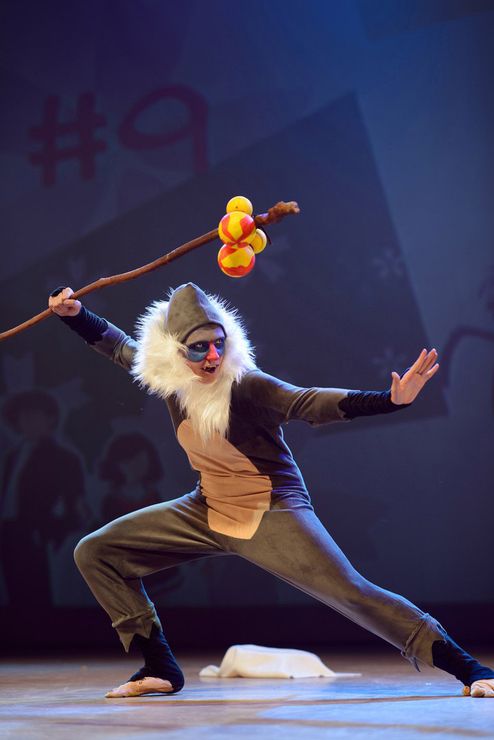 Lions are not native in China, and lion dancing was one
of the performances in the Persian Nevruz (meaning 'New Day') festival.
Lions are not native in China, and lion dancing was one
of the performances in the Persian Nevruz (meaning 'New Day') festival.
The second possibility is that it stemmed from an annual ritual of cleaning the imperial palace. The cleaning was both physical and spiritual; the spiritual aspect involved exorcising demons. Men dressed up as twelve sacred animals made three passes through the palace. The lion was one of these animals.
Lion dancing was also an important aspect of Buddhist blessing ceremonies because it exorcised demons. Buddhist temples were also
the origin of kung fu. In 1644 when the Manchurians invaded China, the art of lion dancing was passed on through the martial arts schools,
as associating with Buddhism meant death. Thus, to this day, lions are known to represent their martial arts schools.
The relationship between lion dance and kung fu schools reciprocally benefitted each other. Lion dance stances extend and reflect martial arts stances, such as horse stance (default for how performers stand under the lion), which is also a basic stance in kung fu. The quality and duration of the school's lion dancing represented the skill, stamina, and strength of the members of the school. Back then, competitions were held - the lion which performed the best and defeated the other lions earned money and prestige for their school. Blessing ceremonies may have also been sometimes competitive in nature. However, since lion dancers made their living off of winning performances, the history of lion dancing developed a darker era.
In the 1950s-60s, many lion dancers in Asian communities associated with gangs. Fights between lion dance troupes and martial arts schools were common.
Performers used hidden daggers to slash at other troupes' lions and dancers and damage them. Some lions had metal horns for the same purpose. There were also some
performance stunts which served to purposely attack other lions. Due to this, the Malaysian, Indonesian, and Hong Kong government banned lion dance for many years.
Now, lion dance is usually practiced as a recreational activity and performed only for joyous occasions, such as New Year celebrations and weddings.
Fights between lion dance troupes and martial arts schools were common.
Performers used hidden daggers to slash at other troupes' lions and dancers and damage them. Some lions had metal horns for the same purpose. There were also some
performance stunts which served to purposely attack other lions. Due to this, the Malaysian, Indonesian, and Hong Kong government banned lion dance for many years.
Now, lion dance is usually practiced as a recreational activity and performed only for joyous occasions, such as New Year celebrations and weddings.
top
Tradition
There are several common routines and rules lion dancers adhere to, all of which have roots in tradition.
A performance typically has a minimum of 5 performers: 1 drummer, 1 gong player, 1 cymbal player, and 2 people for the lion. The drumming is a vital aspect of lion dance. Besides its mythological importance, it invigorates the lion and the changes in
the beats and patterns help the lion know what part of the routine it is performing.
There may also be a big-headed buddha with a fan, whose purpose is to guide the lion around and interact with the audience. He is
the comedic effect of the performance.
The drumming is a vital aspect of lion dance. Besides its mythological importance, it invigorates the lion and the changes in
the beats and patterns help the lion know what part of the routine it is performing.
There may also be a big-headed buddha with a fan, whose purpose is to guide the lion around and interact with the audience. He is
the comedic effect of the performance.
A traditional routine consists of several parts, which may include all or some of the ones listed in order here:
- Awakening - The lion is initially asleep, and grumpily wakes up as the drumming intensifies. It may clean itself and yawn, before it is finally fully awake and standing.
- Opening - The lion bows three times (the bows represent the Heaven, Earth, and Man as stated in the myth earlier).
 If there is an entrance,
it will step or jump over the threshhold and walk towards the main stage.
If there is an entrance,
it will step or jump over the threshhold and walk towards the main stage. - Playing - The lion will play and interact with the audience. This part is improvisational, and is an opportunity for the lion dancers to showcase their skill. For some performances, this is the best opportunity to give the lion red envelopes (if audience members have red envelopes).
- Quest - The lion goes on a quest to find its food, which is usually lettuce (representing the long chi grass from earlier), or tangerines
or other food. It will usually encounter some sort of obstacle or puzzle, or even another lion, which it must overcome in order to reach the food. In a cai ching ceremony
(picking the greens), the food is typically lettuce with a red envelope with money stuffed in it and hung on a string in a high place.
 The lion must be
able to reach the green in order to get the red envelope money; in a sense, this is how the lion is rewarded for its performance.
The lion must be
able to reach the green in order to get the red envelope money; in a sense, this is how the lion is rewarded for its performance. - Eating - The lion will inspect and play with its food curiously for a while, then eat it. It will chew the food three times, then spit it out (once or three times depending on the performers). If it eats lettuce, the act is said to symbolize spreading wealth and prosperity. Being hit with the lettuce it spits out is considered lucky.
- Closing - The lion bows three times again.
- Sleeping - Having finished its purpose, the lion goes back to sleep.
An alternate routine is the drunken lion routine. It is similar to the one above, but instead of eating, the lion is rewarded with liquor for its feat,
which it drinks. The lion then stumbles around for some time before going back to normal and bowing three times.
The lion then stumbles around for some time before going back to normal and bowing three times.
You may notice that there are some things lions do and don't do. For one, the lion dancer always enters and exits the lion from the lion's left side. Also, when the lion turns around, it always turns to the left. This is due to tradition, though the reason behind it is not clear.
top
Symbolism
A lot of aspects of the routines are symbolic. But the features of the lion itself are also symbolic of many things. Here is a list of features in lion dancing and lions and their corresponding symbolic meanings.
- Lettuce - Represents the magical Long Chi grass, and prosperity. It is eaten, then spat out at the audience to spread the wealth.
- Green - The color associated with lettuce and money, so it too represents wealth and luck.
 Lion noses are often this color.
Lion noses are often this color. - Red - A lucky color, especially on Lunar New Year. Giving red envelopes containing money to the lion is considered to bring luck to the giver.
- The number 3 - This is everywhere. There are three types of instruments in a performance, which each share the same basic shape - the circle. Lions always bow three times at a time. Our music also comes in threes (when the lion cleans the door, or eats lettuce, among other more subtle ones). You may be able to recognize it if you watch and listen closely.
- Circle - Symbol of completion and restoration. For this reason, tangerines can be used instead of lettuce.
- Zigzag-like walking - Lions almost never walk straight. Instead, they dart from side to side, and back and forth. This is said to confuse
evil spirits, which are believed to move in straight lines.

The features below are the symbolic parts of a lion.
- The 5 colors - The five colors are yellow, black, green, red, and white. They represent the five directions of the Chinese compass (including center), and the five elements of life (earth, water, wood, fire, and metal). These are the colors lions have most often.
- Mirror - It is said that evil spirits and demons are afraid of their own reflection, since they are so terrifying to look at.
- Ribbon - The red ribbon on the horn is a reminder to the lion to only do good things. It represents the ribbon Kwan Yin revived the lion with.
- Red-Dotted eyes - Every lion must be awakened in an Eye-Dotting (Awakening) Ceremony. In this ceremony, the lion's eyes are dotted with red paint (or
traditionally, pig's blood), so that the lion's spirit can foresee both good and evil.

- Head and body - In some versions of the myth involving the mischevious lion, the lion's legs were cut off and its head and body were casted upon the earth. This is why lions have no legs, and the dancers must be the lion's legs.
- Horn - Represents the phoenix, the symbol of life and regeneration.
- Ears and Tail - Based on the Kirin, or Chinese unicorn. They represent wisdom and luck.
- Beard and Forehead - Characteristic of dragons, representing strength and leadership. The length of a beard reflects the wisdom and age of the lion.
top
.
________________
References | Background and Traditional Routines, Paper on Culture and Symbolism, More Origin Myths
9 facts about the lion dance
Article
upper limit-leaders '>
Every winter at the turn of the lunar calendar, lion dancers put on a spectacular show, playing to the beat of drums and cymbals. Designed to attract good luck and prosperity, this magnificent spectacle graces celebrations such as Lunar New Year, birthdays or weddings, which are attended by Chinese diasporas around the world. Here are nine things you might not know about the ancient tradition.
Designed to attract good luck and prosperity, this magnificent spectacle graces celebrations such as Lunar New Year, birthdays or weddings, which are attended by Chinese diasporas around the world. Here are nine things you might not know about the ancient tradition.
1. The predominance of lions in Chinese culture comes from Central Asia and Persia.
Historically, lions have never inhabited China, so how did the feline become such a familiar cultural fixture? Their origin in Chinese culture begins during the Han Dynasty (202 BC - 220 AD) when the Silk Road was laid connecting China with Europe. Along the way, emissaries from the states of Persia and Central Asia presented the Chinese emperor with lions. The popularity of this imperial beast then seeped from the high courts to the masses. Lions also play an important role in Buddhist mythology, which began to spread throughout China at the end of the Han Dynasty.
2. The lion dance is over 1000 years old.
One Hundred Children Playing in Spring (百子嬉春图页), a 12th-century painting from the Song Dynasty depicting a lion dance. Wikimedia Commons // Public Domain
Wikimedia Commons // Public Domain
Once lions were introduced into the popular imagination, the animal may have been incorporated into existing animal pantomime traditions. Historical records from the Three Kingdoms period (220–289 CE) describe people dressing up in lion costumes for Buddhist festivals, and later during the Tang Dynasty (618–907 years CE), the Lion Dance became a well-documented court celebration.
3. There are different styles of lion dance, which vary from region to region.
Although the lion dance has its roots in China, it has spread throughout East Asia, with each region adding its own local variations. There are many styles in Japan and Korea. In Indonesia, lion dancers wear huge fur coats with heavy heads. The white-green snow lion is the symbol of Tibet, and Fujian Province created a demonic green lion to represent the Manchu invasion in the 17th century.
vlad impaler forest of corpses
In China, lion dance can be divided into northern and southern styles.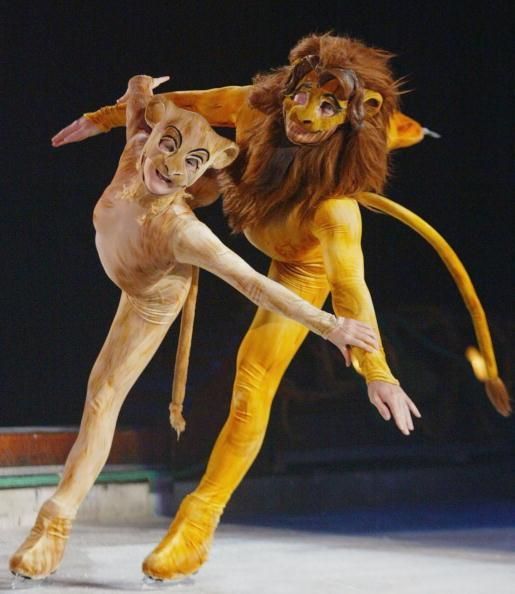 The northern lion is red and yellow with a shaggy fringe, and is usually performed with a male and female, and sometimes with small cubs. The southern lion, originating from Guangdong, is the most common species on the international scene. They usually come with fur trim and lots of bright colors and are also categorized into footsang and hoksan styles. The first is designed to look more aggressive, while the second is more feline and playful.
The northern lion is red and yellow with a shaggy fringe, and is usually performed with a male and female, and sometimes with small cubs. The southern lion, originating from Guangdong, is the most common species on the international scene. They usually come with fur trim and lots of bright colors and are also categorized into footsang and hoksan styles. The first is designed to look more aggressive, while the second is more feline and playful.
4. The lion dance was briefly banned in Hong Kong because rival gangs hid weapons in their costumes.
During the Cultural Revolution, the lion dance was considered primitive, so the tradition was forced out of most of mainland China. However, this custom flourished in Hong Kong, where students practiced it in martial arts schools. Because lion dance borrows many of its basic techniques and moves from kung fu, schools will use it to showcase their skills to competing martial arts academies.
However, the situation changed dramatically when the martial arts schools partnered with the Hong Kong Triads, a local organized crime syndicate. Rival gangs hid knives in their suits to slash rivals, and performing the lion dance became a pretext for settling territorial disputes. This led to a temporary ban in Hong Kong in the 1970s and 1980s. Now, after some reputation management, the lion dance is once again a famous custom if you have permission.
Rival gangs hid knives in their suits to slash rivals, and performing the lion dance became a pretext for settling territorial disputes. This led to a temporary ban in Hong Kong in the 1970s and 1980s. Now, after some reputation management, the lion dance is once again a famous custom if you have permission.
5. The lion dance features prominently in several of Jet Li's films.
If you want to see lion dance and martial arts in action, visit Jet Li's Once Upon a Time in China III (1992) and Once Upon a Time in China IV (1993), where the Southern Chinese style of lion dance is central to the story. For northern style, see Shaolin Temple II (1984) and Shaolin Martial Arts (1986). If you're more of a Jackie Chan fan, his early movie Young Master (1980) opens with an iconic lion dance battle.
6. Women were forbidden to dance the lion dance.
Martial arts academies have historically been fraternities, so women were generally forbidden from practicing the lion dance. Since the martial arts fraternity paradigm has largely disintegrated, dance troupes have gradually begun to lean towards women joining their ranks. Now in the world there are several dance groups with lions led by women.
Since the martial arts fraternity paradigm has largely disintegrated, dance troupes have gradually begun to lean towards women joining their ranks. Now in the world there are several dance groups with lions led by women.
7. The lion dance is listed in the Guinness Book of Records.
In January 2011, the Hong Kong Dragon and Lion Festival Preparatory Committee organized a celebratory event in which 1,111 lions - a total of 2,222 performers - danced on the streets of Hong Kong to celebrate the Lunar New Year. It became the largest paired lion dance in history.
Later that year, another record was set: 3971 students in Taiwan, wearing each lion costume, performed the world's largest lion dance show alone.
8. Chinese Malaysians have invented an extreme sport - lion dance on a high pole.
Historically, the lion dance was performed on the ground or in small obstacle courses, with lions jumping onto chairs, balance bars or upturned vases in a display of balance and athleticism.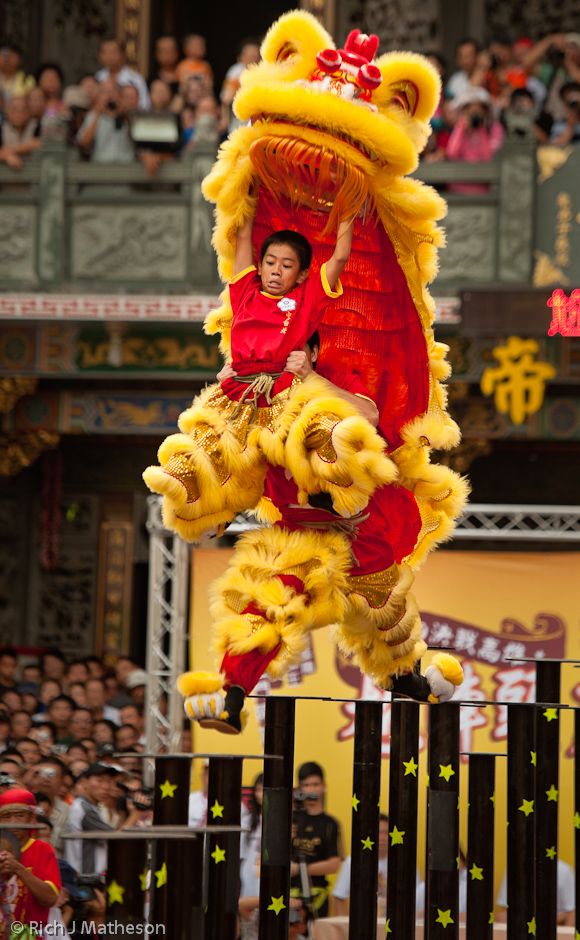 This acrobatics show was taken a step further when the Chinese Malaysians started doing the exercises on high wooden stilts. In the early 90s, this became a standardized arena with metal poles 4 to 8 feet high, and high pole lion dance was born as a competitive sport.
This acrobatics show was taken a step further when the Chinese Malaysians started doing the exercises on high wooden stilts. In the early 90s, this became a standardized arena with metal poles 4 to 8 feet high, and high pole lion dance was born as a competitive sport.
Performances are evaluated on a ten-point scale. To impress the judges, the teams must put on a seven to 10 minute choreography in which they jump between poles while performing acrobatics. The most prestigious international competitions have been held every two years at the Malaysian Resorts World Genting since 1994. During the 2018 games, 36 different teams from 16 countries competed.
best series finale of all time
9. The lion dance gets a modern look.
Chinese Malaysians are not the only performers to renew an ancient tradition. Teams in Singapore and Hong Kong included LED lights, EDM and hip-hop in their programs. Kwok's Kung Fu and Dragon Lion Dance Team in Hong Kong puts on a show with hip-hop dancers dressed in throne-like costumes bouncing along with colorful Chinese lions in synchronized EDM mode.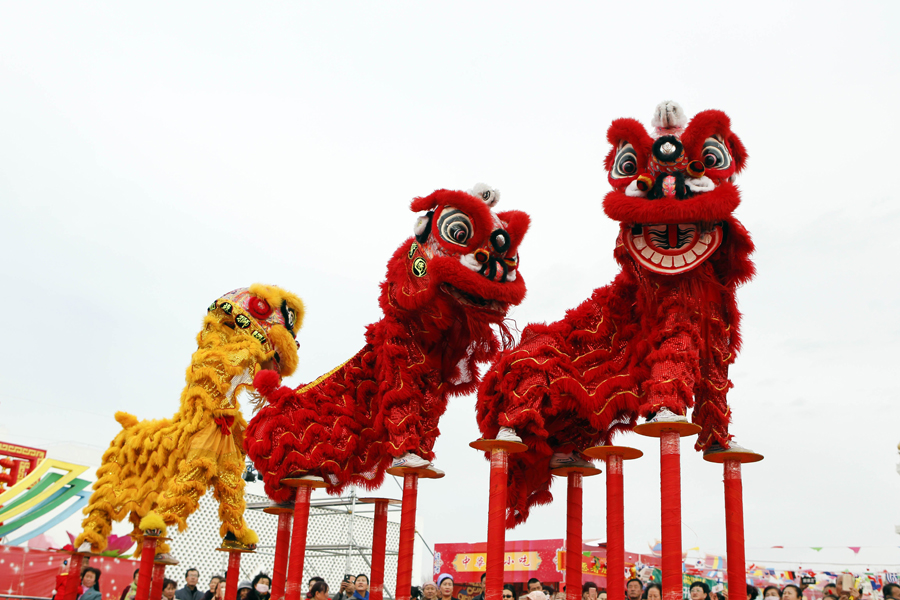
Lunar New Year begins with Lion Dance0001
At the 2018 Genting World Lion Dance World Championships in Malaysia, the arena was lined up with 21 poles ranging in height from four to eight feet. On top of each was a platform 12 inches in diameter. Suddenly, a pale blue Chinese lion with white fur edged up on stilts to the rhythm of drums and cymbals. Throwing back his head and standing up on his hind legs, the lion seemed to effortlessly jump between the poles, some of which were 6 feet apart. The Chinese lion dance is supposed to look cute and whimsical, but beneath the colorful costume were two impeccably coordinated performers who had been training in stunts and acrobatics for nearly a decade. PROVIDED BY THE DRAGON AND LION DANCE ASSOCIATION HUANG LOQUE
“As lion dancers, we always live by the motto that 10 years of practice is equal to one minute on stage,” says Calvin Zhen, who currently plays the head of a lion with the Association White Crane Dragon and Lion Dance" from San Leung. Francisco. Zhen, now 24, was the drummer at that 2018 competition and has been playing the sport since he was 13. “When I was a little kid, my grandfather would take me to all the little festivals in Chinatown just to see the lion dance and see what the culture was like,” Zhen says. “Since then, I just fell in love with the lion dance.”
Francisco. Zhen, now 24, was the drummer at that 2018 competition and has been playing the sport since he was 13. “When I was a little kid, my grandfather would take me to all the little festivals in Chinatown just to see the lion dance and see what the culture was like,” Zhen says. “Since then, I just fell in love with the lion dance.”
The lion dance is performed to bring good luck and prosperity and is a common sight at the Lunar New Year and other celebrations such as birthdays, weddings or corporate events. The performance of pantomime has always demanded a certain style and athleticism, but over the past 30 years the Malaysians have upped the ante by turning the ancient tradition into an extreme sport. Lion dancers on high poles have to jump smoothly between these tiny platforms, performing tricks and imitating the playful nature of a lion. One wrong step, which often happens during competition, can lead to serious injury.
“Oh, I hurt myself so many times,” laughs Wilson Hoang.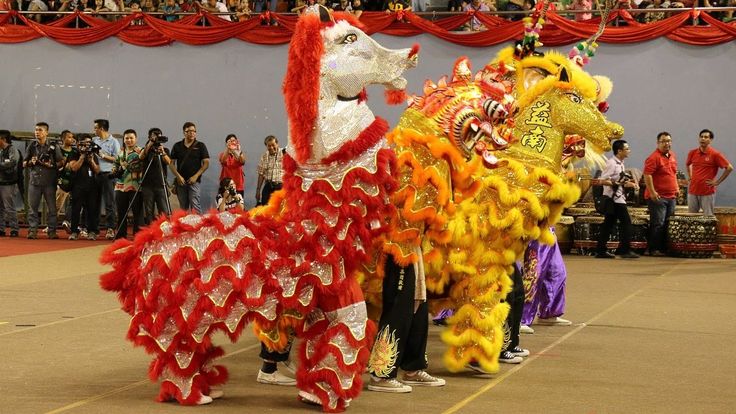 Hoang is Zhenya's partner, who played with his tail in the 2018 championship. Now he is 23 years old, he has been doing the lion dance for 11 years. “But fortunately, I never broke any bones, so I am very grateful for that.”
Hoang is Zhenya's partner, who played with his tail in the 2018 championship. Now he is 23 years old, he has been doing the lion dance for 11 years. “But fortunately, I never broke any bones, so I am very grateful for that.”
The exact origin of the lion dance is unclear, but scholars believe that the custom probably originated during the Three Kingdoms period in China between 220 and 280. infiltrated the regular classes. In addition, lions play an important role in Buddhist mythology, which began to spread in China in the first and second centuries.
“There are different stories about how the lion dance originated, but we usually say that the lion dance was created to drive away spirits or bad auras,” says Tony Xing, coach of the Yuen Wei Dragon and Lion Dance group. Group in Malaysia. random referee of the competition. According to one folk legend, the dance was performed to scare away the nan, a mythical beast that terrorized the Chinese people every winter.